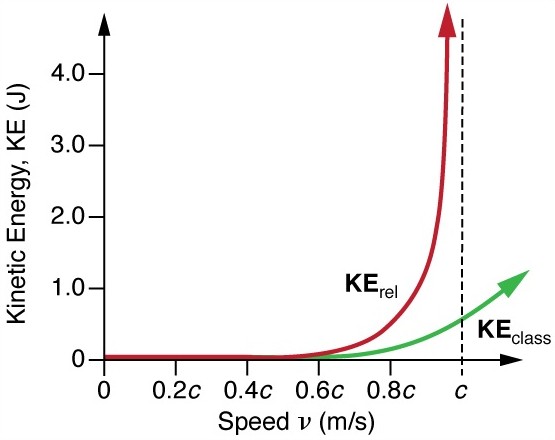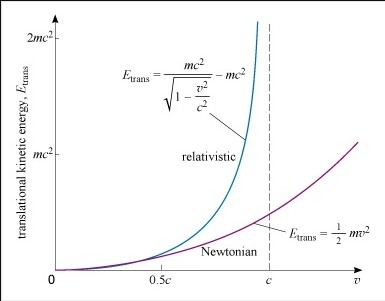A 1960s experiment using radioactive Fe⁵⁷ and Co⁵⁷ nuclei provides the answer.
Fe⁵⁷ nuclei have the interesting property (
Mossbauer effect) of emitting and absorbing photons without the nuclei recoiling resulting in the photons being within a narrow frequency interval.
The experiment involves placing Co⁵⁷ nuclei as an emitter at the centre of a rotor that can be operated at 30,000 RPMs to give accelerations 65,000X greater than gravity and Fe⁵⁷ nuclei on the perimeter of the rotor as the absorber.
Since both Co⁵⁷ and Fe⁵⁷ emit and absorb photons at the same frequency respectively when in a stationary or inertial frame they are essentially synchronized clocks.
The experiment can be analysed as the inertial frame of the emitter using special relativity or as the accelerated frame of the absorber using general relativity.
When the rotor is not operating the photons emitted from the centre are absorbed at the perimeter.
At 30,000 RPM absorption is largely reduced as Co⁵⁷ and Fe⁵⁷ nuclei are no longer emitting and absorbing photons at the same frequency.
In the inertial frame the photon’s frequency change is due to the
transverse Doppler effect or
gravitational time dilation in the accelerated frame.
In the accelerated frame the Fe⁵⁷ nuclei can only absorb the photons at a lower frequency which corresponds to the moving twin's clock running slower.











